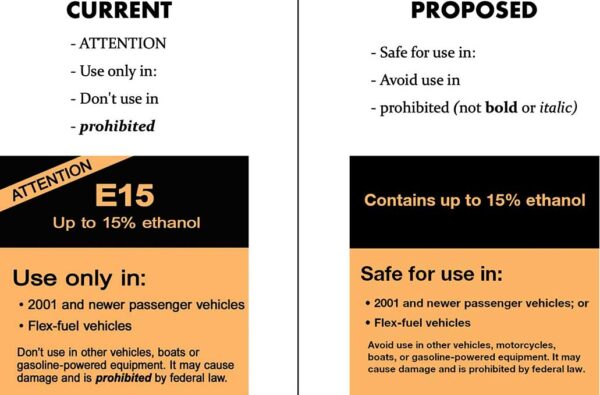Ethanol 15 (E-15) Can Kill Your Motorcycle’s Engine
Bikers Inside The Beltway Moving Forward & Making It Happen During the last session of Congress a bipartisan group of lawmakers introduced legislation which sought an educational campaign about E-15. The bill required new labeling at fuel pumps warning consumers to check their owner’s manual when using E-15 fuel. The MRF is supporting this same effort now. When identifying bill numbers are attached to this position, you will be notified. See the attachment for more details. In the meantime… Have you registered for Bikers Inside the Beltway? It’s free but time is running out! CLICK HERE TO REGISTER Have you made your appointments to visit your members of Congress? Make your appointments now in your district or in Washington, D.C. Have you made your hotel reservations? Final date for hotel registration, May 13, 2021: 703-684-5900 Embassy Suites by Hilton Alexandria, 1900 Diagonal Road, Alexandria, Virginia 22314 The Motorcycle Riders Foundation is moving forward to make the 2021 Bikers Inside the Beltway our most effective event ever. Thank you for your commitment to the MRF’s mission. Thank you for making appointments with your members of Congress. Click here to see the position paper for Consumer Protection and Fuel Transparency Act. Thank you for your membership and support of the Motorcycle Riders Foundation.
Ethanol 15 (E-15) Can Kill Your Motorcycle’s Engine Read More »




